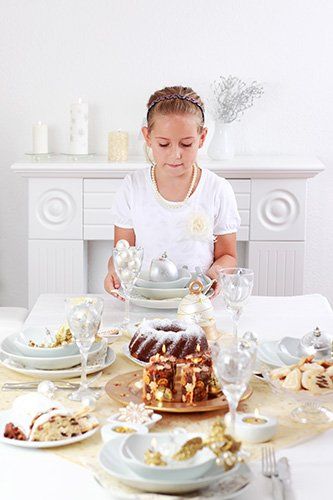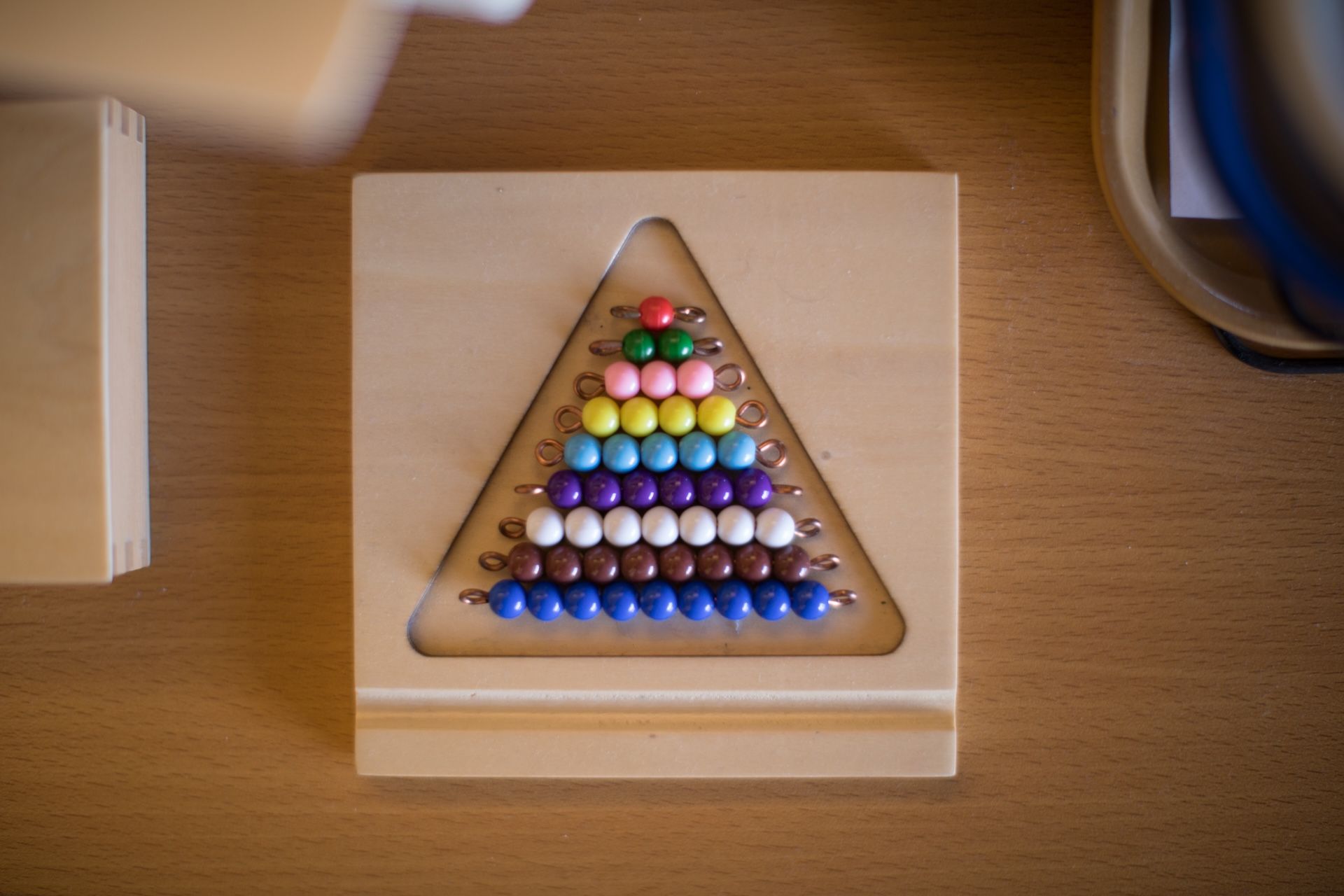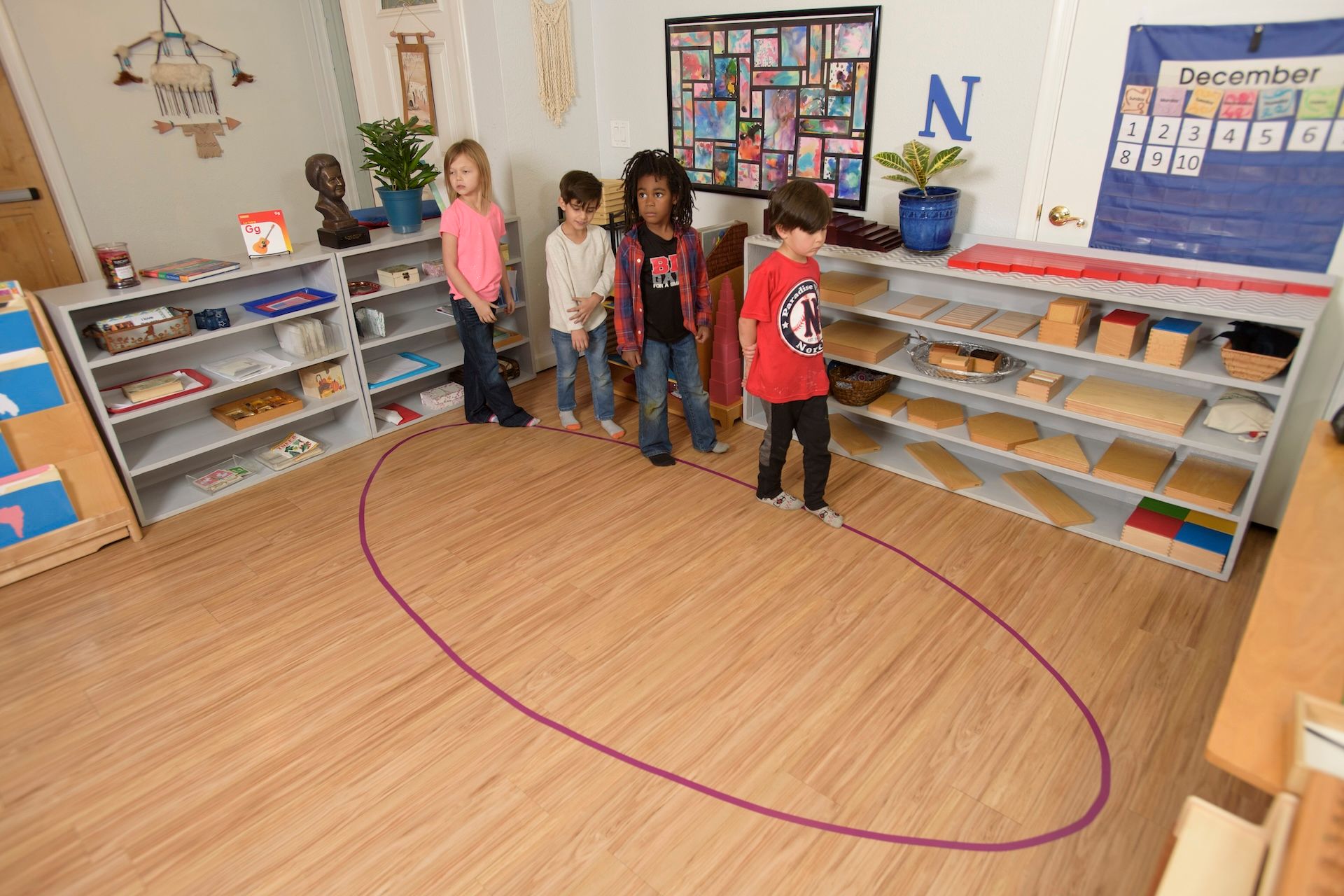Montessori education is probably best known for the concept of “The Children’s House,” an entire home-like space where every object and furnishing is sized to the children. These accessible spaces let children start to model adult behavior, like serving food and cleaning up the table, and take on more chores at ages that seem impossibly early to many parents.
The thing modern parents find scariest about this is the Montessori insistence on using real glass, real china, and other breakable objects in every setting. We’ve all seen a toddler hurl a plastic sippy cup across a room or knock a bowl to the ground without even knowing it was there. We’ve spent thousands of dollars in pursuit of items for kids that are completely unbreakable–plastic, acrylic, silicone. Handing a two-year-old a cup made of actual glass seems absurd at best and reckless at worst.
With supervision, however, using glass and wood instead of lightweight plastics teaches young children something more meaningful. Montessori education has demonstrated over the years that understanding the significance and fragility of their things gives them more value in the child’s eyes. They become “breakable” and that word has a meaning to your child. Understanding that these things can break and seeing something broken creates a concrete link between these things in the child’s mind.
Unfortunately, this understanding usually starts to occur when something breaks. Probably more than one thing, as lessons aren’t usually learned all at once but in pieces over time. Supervision is essential to make this successful. When the child breaks something, scolding isn’t typically necessary. No matter how intentional the child’s action seemed to be, they are still trying to determine what the consequences of their movements are. It sounds silly, but we aren’t born knowing that an arm is capable of “throwing” or that throwing or dropping something made of glass will break it. Durable cups have their place–avoiding glass in the car or by the pool is a good idea (for both kids and adults), for example–but using only these types of cups doesn’t help the toddler learn what things are.
When you introduce your child to glasses made of glass and toys made of wood, you’re giving them access to solid, weighty objects made of “grown up” materials. It isn’t just good for your baby to have these. It’s good for you, as a parent, to trust your child to handle delicate things.
If something spills, use words to explain what happened (“We have a spill! Let’s clean it up!”). When something breaks, have the child help you clean it up in an age-appropriate way. Explain that it is broken. Demonstrate real consequences. Their spongy young brains will absorb these concrete lessons better than any verbal instruction or punishment (like saying “no” or removing the plastic cup after a few throws).
Although daunting and contrary to this generation’s conventional understanding, Montessori educational methods have been thoroughly tested and vetted. Dr. Montessori understood something about learning and growth which is current developmental psychology is validating decades later. Children, even infants and very young children, respond better to tangible lessons than anything else. It’s ok to be nervous about trying this. If your kids are in a Montessori program, learn more about the materials in the classroom and how the instructors respond to issues. For further encouragement, check out these infants–a 6-month old learning to use a weaning glass and a 9-month old eating from a glass plate and drinking from an open water glass. Children are amazing little people. Let your’s surprise you.
The post Precious Objects: Emphasizing Fragility, Building Responsibility appeared first on Pebblecreek Montessori.
Hours
MONDAY - FRIDAY
HALF DAY: 8:30a – 12 noon
ACADEMIC DAY: 8:30a – 3:30p
EARLY CARE: 7:00a – 8:30a
AFTER CARE: 3:30p – 6:00p
OFFICE: 8:00a - 4:00p
Programs
Connect
Pebblecreek Montessori




